Are you looking for a way to optimize video load times in WordPress? Videos are extremely popular, but they can impact your website’s speed. You can minimize this impact by using lazy load. This is a type of loading technique that doesn’t embed the video on the page or post.
Instead, it only loads the preview images. This means that the video isn’t loaded unless someone clicks on it, which means the page will load quicker initially. However, it also means that visitors will have to load the video separately.
Today, I will demonstrate how to use the Lazy Load for Video plugin to add this feature to WordPress.
Why Use Lazy Load?
The entire point of using the lazy load technique is to ensure that your website is loading pages and posts as fast as possible. This is extremely important for a variety of reasons.
First and foremost, speed is a search engine factor. This means that if your website is slow, you will not rank as highly as you should. This can severely impact the traffic your website receives.
Secondly, no one likes a slow website. Let’s face it if a website takes a while to load, odds are you are leaving that page and so are a lot of others. You need to ensure that your website is fast for the user experience.
In reality, not everyone is going to click on your video content. You may put in a lot of effort creating it, but some visitors simply don’t like to watch videos on your pages. This means you are slowing down your site for no reason.
This is completely avoided by using the lazy load technique.
Installing Lazy Load for Videos
The Lazy Load for Videos plugin is a great addition to any website with a lot of video content. The plugin is extremely simple to use as it works upon activation, which makes it ideal for beginners. This is also a bulk action, which means you won’t have to go to every page or post to add this feature.
The plugin will lazy load YouTube videos in WordPress as well as other popular players like Vimeo.
Let’s start by clicking on Plugins and selecting the Add New option on the left-hand admin panel.
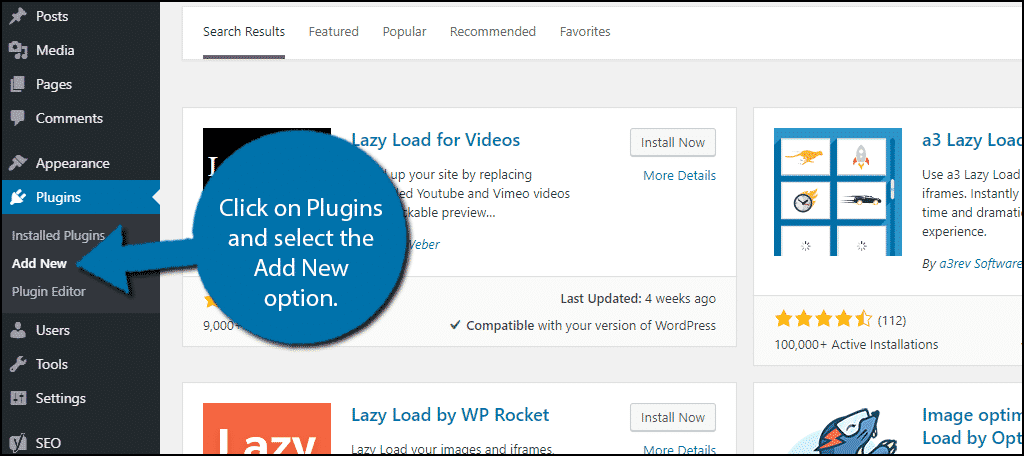
Search for Lazy Load for Videos in the available search box. This will pull up additional plugins that you may find helpful.
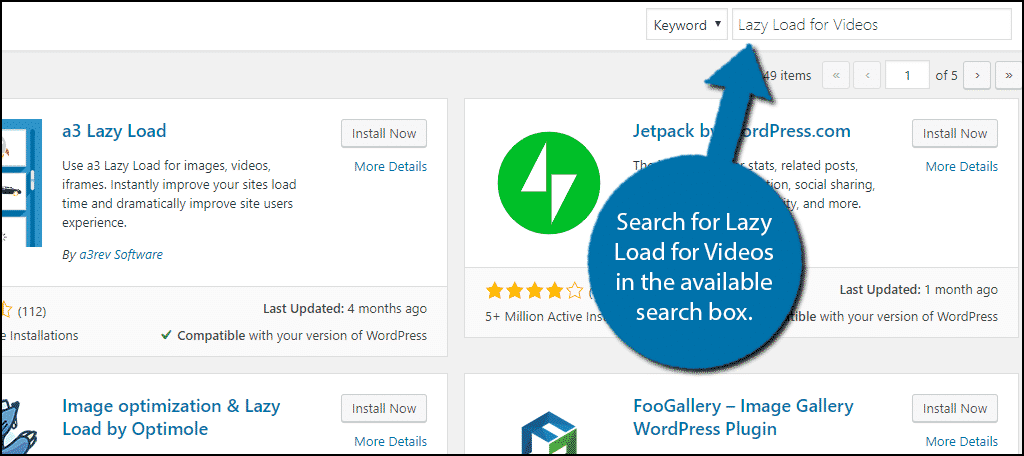
Scroll down until you find the Lazy Load for Videos plugin and click on the “Install Now” button and activate the plugin for use.
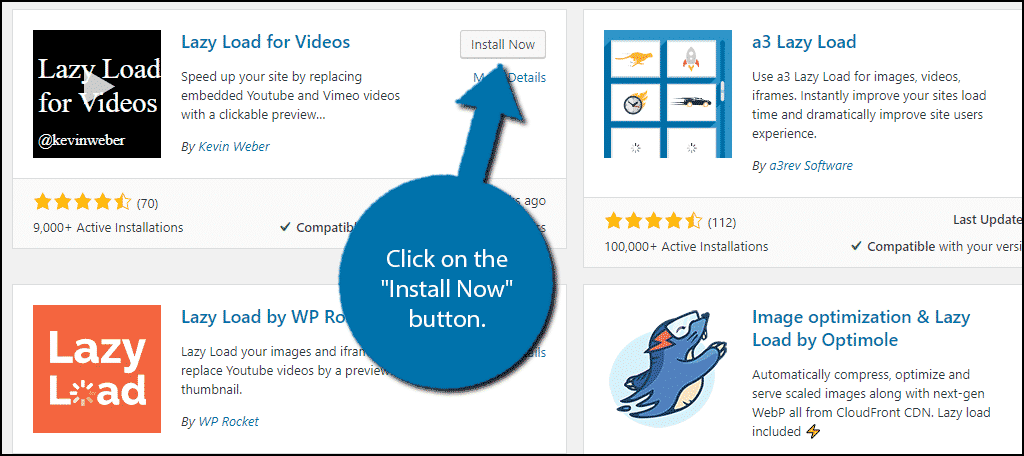
Using Lazy Load for Videos
On the left-hand admin panel click on Settings and select the Lazy Load for Videos option.
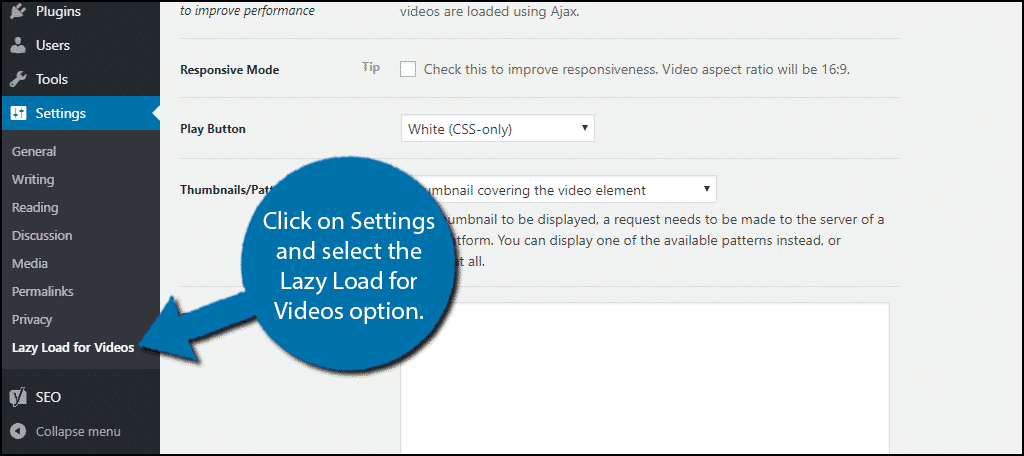
The settings are relatively simple and by default should work for most websites, which means you could leave it as is. However, you can customize quite a bit, so I do recommend looking at the settings.
In particular, if you decide that you want certain videos to not lazy load, there are some settings to help you out.
In the YouTube and Vimeo tabs, the first option will allow you to not lazy load those respective video types.
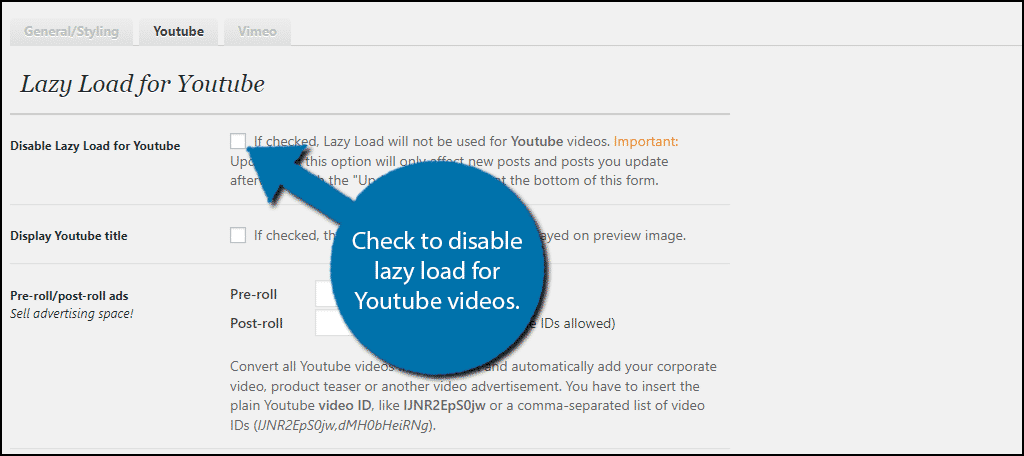
However, this only affects your posts if you click on the “Update Posts” button at the bottom of the page.
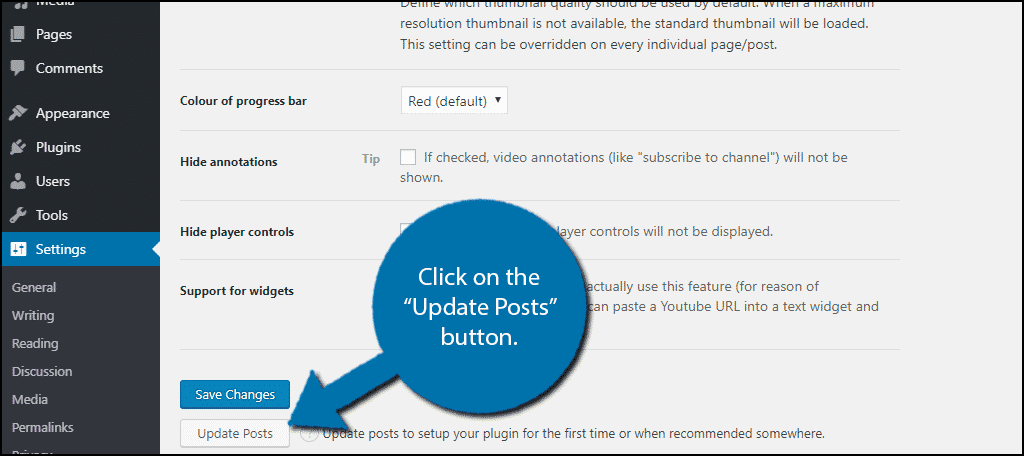
For example, if you decide to not lazy load YouTube videos and check the box, nothing will change when you click save the settings. But once the “Update Posts” button is clicked, you will see the change made.
The same applies to Vimeo videos.
The other noteworthy setting to highlight is the responsive option. In the General/Styling tab, check the Responsive Mode checkbox.
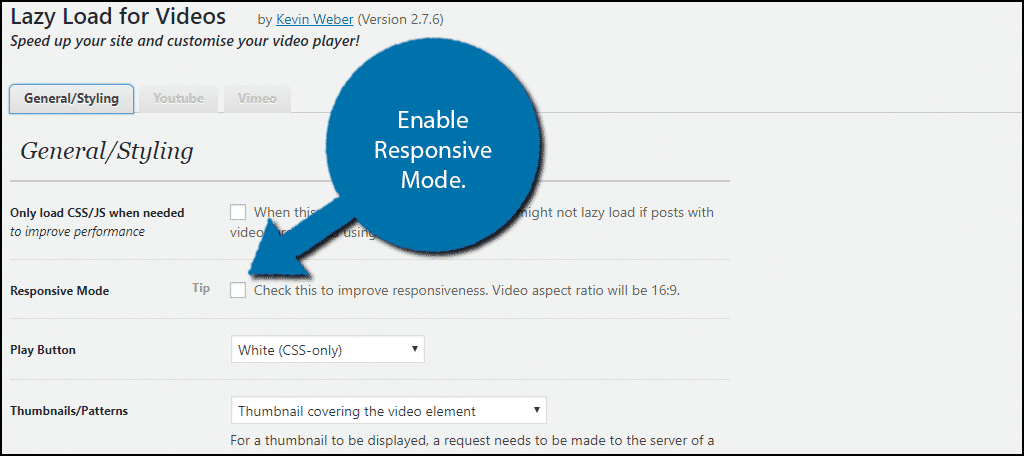
This will make your video content more responsive as a whole. The rest of the settings really depends on your preferences and needs. The plugin does an excellent job of explaining what each one does, so I recommend going through each one.
Congratulations on using lazy load to optimize videos in WordPress.
Videos Are More Important Than Ever
Video content is becoming increasingly important for both marketing and overall content. However, they are quite large in file size, which is why they tend to slow down websites.
To avoid this you, need to make sure that the videos you create are as compact as possible. However, even when this is done, they can still slow you down. Thankfully, this can be avoided by using the Lazy Load for Video plugin in WordPress.
How many videos do you typically include in post content? What steps do you take to optimize video performance?

